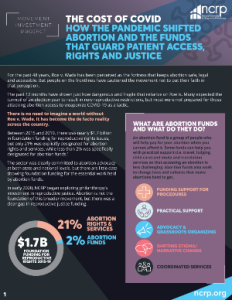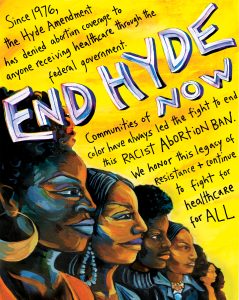For many nonprofit leaders, relationships with foundation heads, wealthy donors and other philanthropic leaders can be difficult and complicated to manage. Below are 4 lessons that I have gleaned from my unlikely partnership over the years with Larry Kramer of the Hewlett Foundation that might be helpful for these leaders and the donors who want to assist them beyond this current moment of activism.
Honest Feedback: Respond candidly to philanthropic leadership when they ask for candid feedback about their grantmaking. Many nonprofits are reluctant to be candid because they assume that it might jeopardize future funding. If the request for feedback is not authentic, they were not the right foundations anyway. What do you have to lose?
Seizing the Moment: Be bold in your ask of leaders. Timidity is not always a virtue. We have countless historical examples of people being in the proverbial right place at the right time. I have another quick example of a philanthropist giving me much more than I expected. It was 2007. I had met the founder and CEO of Cypress Semiconductor, Dr. T.J. Rodgers, in 1998 at a power breakfast for about 500 people at the Marriott Hotel in Santa Clara, California. It was focused on the nascent field called STEM (science, technology, engineering, math) and how to build a pipeline. T.J. loved the STEM program I had co-founded in 1998 and became an avid donor. When my new board chair arrived in 2006, he suggested that we go back to T.J. to ask for a bigger investment. We created a PowerPoint that described my vision for growing the STEM program. When we got to the part about facilities, T.J. asked me how much room we needed. We were there to ask T.J. to host our upcoming board retreat at his company headquarters, not to ask for space. I had to think quickly and told him just enough to accommodate 60 students in cubicles with networked computers. T.J. said, “I have the perfect space for you at Cypress. I will take care of that. What else is on your list?” Three months later, we had a ribbon cutting ceremony with T.J., other local dignitaries, our STEM scholars and their parents with new laptops, cubicles, storage space and more. We lived at Cypress rent-free from that month until March 2021 when the pandemic shut down the company.
Position Your Network: Leverage the relationships of those philanthropic leaders. When Larry Kramer asked me to meet with him in Dec. 2013, I agreed on the condition that he would help me. One of my main asks was for a connection with Darren Walker, president of the Ford Foundation. Larry was more than happy to oblige. Who gets a meeting with Darren Walker just like that? I do because Larry paved the way!
Step into Your Power: Sell your passion packaged in excellence. I take tremendous pride in A Black Education Network’s brand. We strive to always put our best foot forward and have garnered countless awards for this uncompromising commitment to high quality. When I met with Larry, I had a bound, full-color proposal to share with him. Funders appreciate well-prepared people.
At the end of the day, you are your best salesperson. When I first started in the nonprofit business in 2001, one of the first adages that I learned is that people fund people.
How you show up will determine whether or not you get funded. I have been blessed to garner dozens of funders who read like a Who’s Who in Silicon Valley and beyond. You deserve to be well-funded. Go for it!
Debra Watkins is founder emerita and director of strategic partnerships for NCRP nonprofit member A Black Education Network.




